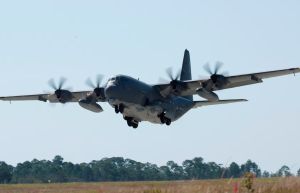NASA announced that it has finished testing and assembly of its Orion Spacecraft, which it plans to use to bring astronauts on long missions in space.
The first official unmanned flight test for the spacecraft is expected to take place in December, and officials from the space agency said they will bring the final crew module, a service module, a launch abort system and its adapter to a launch pad on Nov. 10th and fit them on a United Launch Alliance Delta IV Heavy rocket for the mission, according to Tech Times.
NASA wants to eventually take at least six astronauts aboard Orion to planets as far as Mars.
"This is just the first of what will be a long line of exploration missions beyond low earth orbit, and in a few years we will be sending our astronauts to destinations humans have never experienced," said Bill Hill, deputy associate administrator for Exploration Systems Development. "It's thrilling to be a part of the journey now, at the beginning."
The test flight will have Orion travel 3,600 miles from Earth and return at 20,000 miles per hour to land in the Pacific Ocean, Gizmag reported.
Lockheed Martin, the main contractor for the 72-ft tall spacecraft, said the goal is to have Orion come back with important information on how well the largest heat shield ever built performs. The mission will also be analyze the performance of spacecraft's avionics and software, parachutes, and fairing and launch abort system separations.
Orion is currently waiting in the Launch Abort System Facility (LASF) at the Kennedy Space Center at Cape Canaveral, Fla., to begin its Exploration Flight Test-1 (EFT-1), which is scheduled to take off on Dec. 4th, Gizmag reported.
"An empty shell of a spacecraft arrived to Kennedy Space Center two years ago, and now we have a fully assembled Orion standing 72 feet tall," said Michael Hawes, Lcokhead Martin Orion program manager. "We're ready to launch it into space and test every inch."
© 2025 HNGN, All rights reserved. Do not reproduce without permission.








